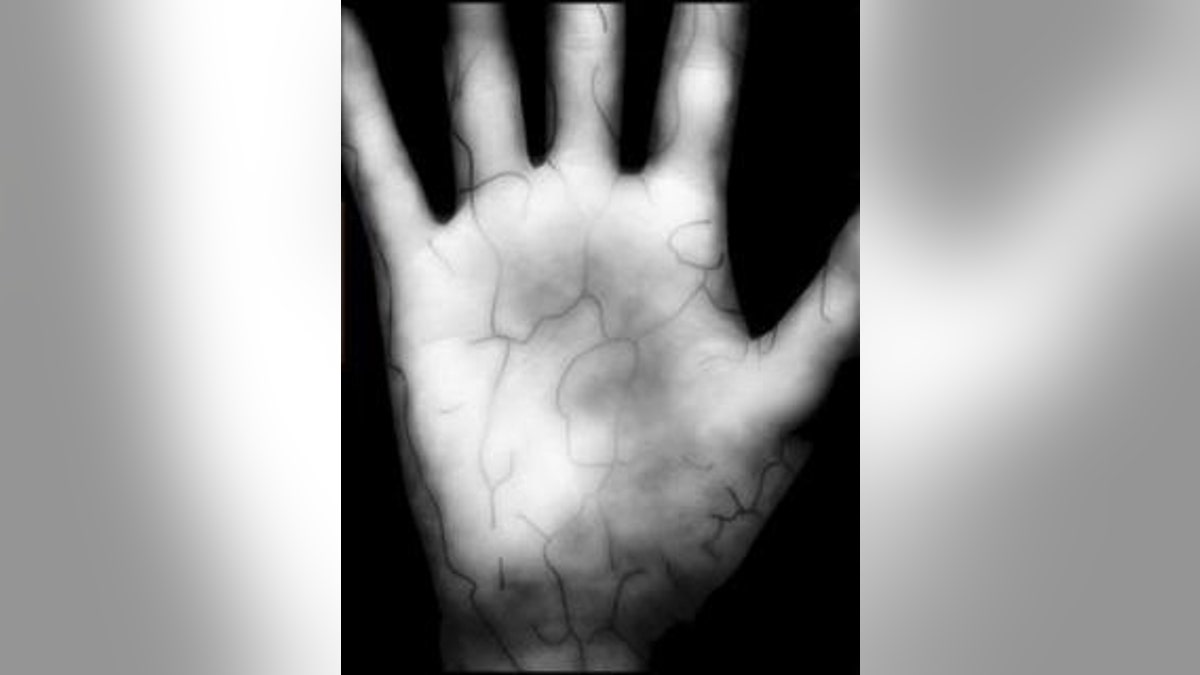
A New York City hospital has stopped asking many patients to dig out health insurance cards and fill in endless forms, instead identifying them by scanning the unique lattice of veins in their palm.
The new biometric technology employed by New York University's Langone Medical Center was expected to speed up patient check-ins and eliminate medical errors.
Studies have shown that hospital errors are behind as many as 98,000 deaths a year in the United States.
"The primary reason we actually got into this was patient safety," Bernard Birnbaum, the center's vice dean and chief of hospital operations, said in a telephone interview on Wednesday.
The system also has the virtue of not requiring the patient be conscious at the time of check-in, as is sometimes the case in emergency rooms.
"The benefits so greatly outweighed the disadvantages it was a no-brainer to implement," Birnbaum said.
The scanners are made by the technology services company Fujitsu and exploit the principle that, as with fingerprints and iris patterns, no two individuals' palm-vein configurations are quite the same.
Using near-infrared waves, an image is taken of an individual's palm veins, which software then matches with the person's medical record. The initial set-up for a new patient takes about a minute, the hospital said, while subsequent scans only take about a second.
"We can then just ask one question: Has your insurance changed?" Birnbaum said. "If 'no', you don't have to fill out a single form."
Since some 250 scanners were installed at the hospital in early June at a cost of about $200,000, more than 25,000 patients have had their palm-vein patterns registered in the system, he said.
The hospital logs about 1.7 million patient visits in a typical year and is in the process of getting as many of them as possible to agree to inclusion in the system.
Registration into the new system is optional, but less than 1 percent of patients have demurred, Birnbaum said. The palm scan does not appear in the patient's medical records, nor are the scans stored as images but instead are converted into a unique numeric code.
Although the technology has appeared at other hospitals in the United States, this is its first appearance in the Northeast region, a Fujitsu spokesman said.
Since its introduction in 2007, the technology has also been used to identify customers at ATMs in Japan, to monitor the movements of employees at firms, and to replace cash or cards in the canteens of the Pinellas County school system in Florida.
